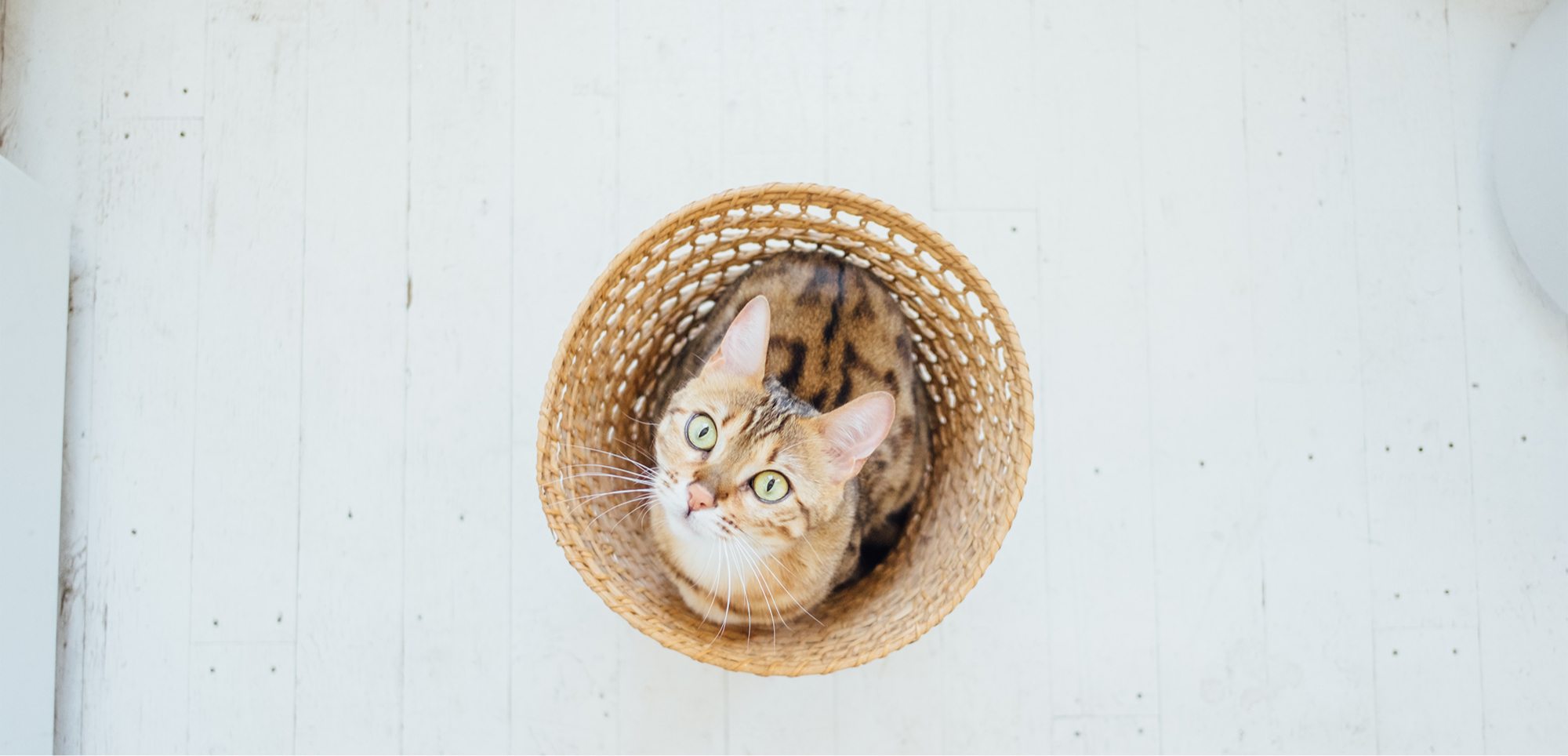Keeping your sheep healthy
It is important to check your flock daily for sheep with any injuries or ill health
Sheep are prey animals and try to hide any problems, and sometimes do not show signs of sickness until they are quite ill or injured. Therefore, being aware of what is normal and what is abnormal behaviour in each of your sheep and within your flock and watching for changes in behaviour or physical appearance is important. Routine health care includes:
- Good quality feed
- Parasite control - internal and external (e.g. worming and drenching)
- Hoof care
- Fleece maintenance (e.g. shearing, crutching or dagging)
- Vaccinations (i.e. consult your veterinarian for advice).

Routine health care includes:
Hoof care
A sheep’s hooves should be inspected and trimmed regularly to prevent them from becoming overgrown, which can cause pain and foot or hoof infection.
- Hoof trimming requires special tools, and your local shearer can usually trim hooves at the same time as shearing your sheep.
- Call your veterinarian if you see any abnormal behaviour, such as sheep grazing on their knees or limping.
Fleece maintenance
Shearing: Sheep wool grows continuously, so regular maintenance or shearing will help keep your sheep comfortable and healthy. Not shearing your sheep can cause them to become distressed in hot weather, and encourage problems, such as flystrike.
- Contact a local shearer who has appropriate experience to shear your sheep.
- Sheep should have their fleece shorn at least annually, before hot weather.
- Avoid shearing in winter or when sheep are close to giving birth.
- If any cuts or wounds occur during shearing these should be treated promptly.
- Sheep should be fasted prior to shearing, so that they are more comfortable (the position in which they are shorn can be uncomfortable with a full belly).
Crutching and dag removal:
- Shearing wool from around the crutch area (i.e. tail and between the rear legs) helps prevent flystrike.
- Dag removal involves shearing dirty wool (and dags) from the same area.
Issues to watch for include
Flystrike is a painful infestation caused by fly maggots eating into the sheep’s skin, and often occurs around wet, dirty areas (often around the tail and between the rear legs). Prevention includes shearing and crutching, checking for injuries or wounds, flytraps, insecticides, and a good worming programme.
Facial eczema is caused by sheep eating toxic, fungal spores from pastures, which tend to grow in warm, wet pastures.
- Looks like sunburn, but can affect an animal’s internal organs.
- The toxin causes severe damage to the sheep’s liver, and the external signs of facial eczema result from liver damage caused by the toxin.
Talk to your local veterinarian to find out if facial eczema is a problem in your area and how you can prevent it if it occurs.
Bloat can occur when there is too much gas (from rapidly fermenting feed) trapped in the stomach of a sheep. It can be caused by eating lush, green pastures, which have a lot of clover or alfalfa, or if your sheep’s diet is changed too quickly.
- Bloat can progress rapidly, and if not treated immediately, bloat can be fatal.
- If your sheep has a stomach that bulges on one side and/or stands with their legs wide apart, panting, and staggering, call your veterinarian immediately.
If you notice these signs, contact your veterinarian immediately.
If you notice these signs, contact your veterinarian
Abnormal behaviours to be on the lookout for:
- Sheep that have isolated themselves from the flock.
- Lack of coordination, staggering or swaying, shivering.
- Rapid breathing or coughing.
- Discharge, watery, swollen or crusty eyes.
- Excessive, coloured discharge from the nostrils (a small amount of clear discharge can be normal).
- Flystrike (dark coloured patches on fleece, rubbing on fences etc).
- Sunburn.
- Lumps or ulcerated areas of skin.
- Parasites (e.g. lice).
- Diarrhoea or straining to pass urine or faeces, discoloured or bloody urine.
- Overly fat or very thin (e.g. sunken flanks or protruding backbone).
- Grazing on knees.
- Overgrown or irregular hooves.
- Abnormal wear pattern on hooves.
- Hooves that smell bad.
- If you notice any of these signs, contact your local veterinarian.
- The better you know normal behaviour of your sheep flock, the easier it will be to see abnormal behaviour.

